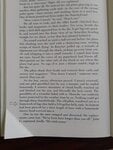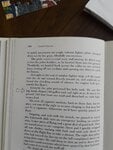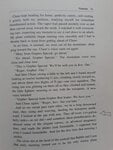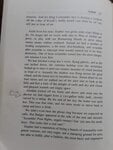Shortround6
Lieutenant General
And just how many missions did the 8th AIr Force fly to Berlin in the fall of 1942?And I still don't consider escort missions to Holland, Belgium and a sliver of France to be meaningful. Not when your main target is Berlin.
Main target was German infrastructure/manufacturing plants.
First raid on Berlin by the 8th Air Force was March 4th 1944?
tough to escort bombers to Berlin when the bombers aren't going there.




